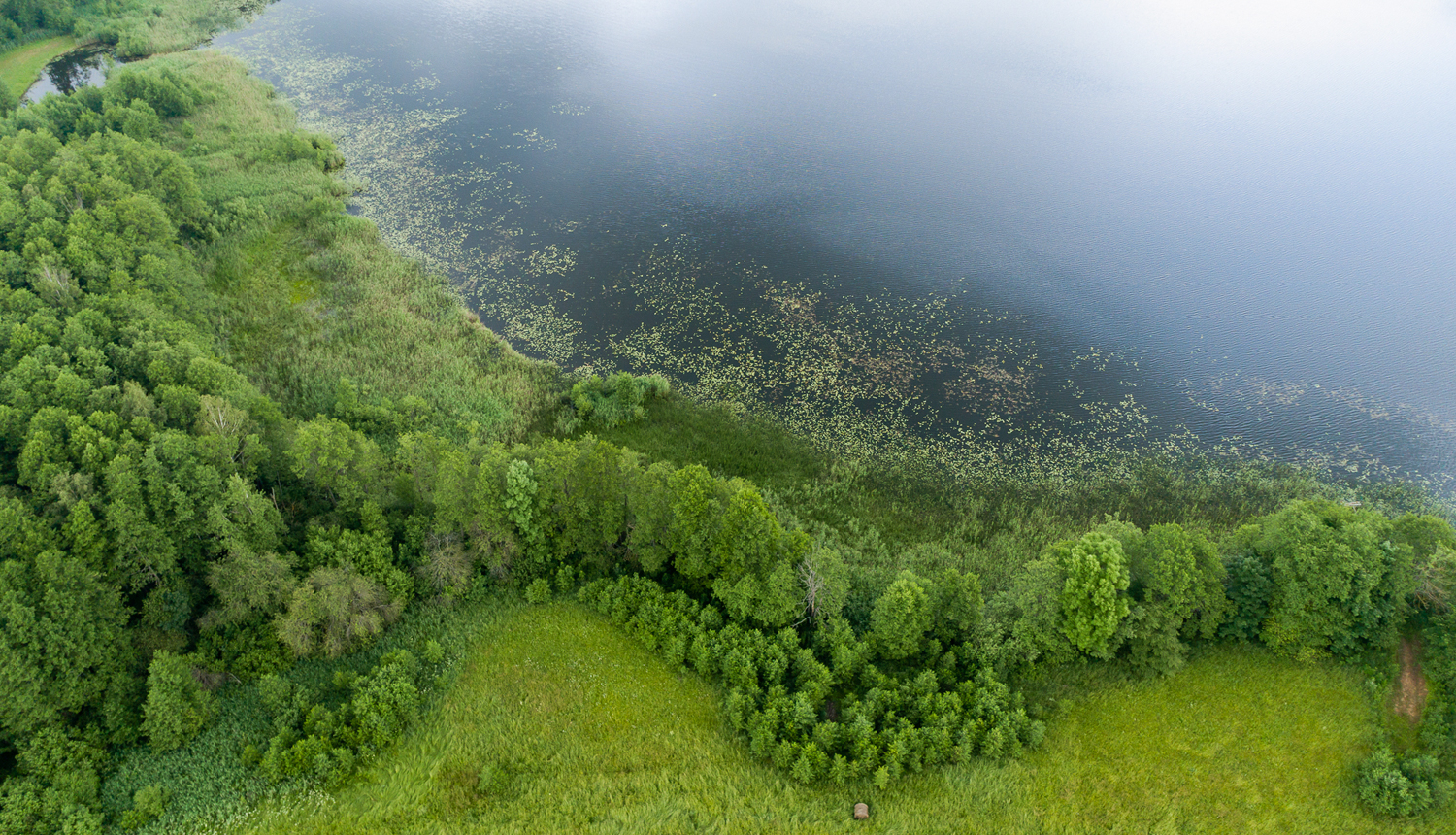Referring to complaints recently received concerning the use of an unmanned aerial vehicle or drone in an unauthorised manner, the Natural Protection Board (Board) recalls that the use of drone for nature filming should be carried out in accordance with the rules for the management of unmanned aircraft and, in certain cases, only with authorisations issued by the Office.
In recent months, the administration has received a number of complaints from social network users about breaches observed in social network records. Infringements have been detected both in nature restricted areas where the use of unmanned aerial vehicles without the authorisation of the administration is prohibited and in the use of drone too close to the animals.
Drona's fixed frames give us an unprecedented opportunity to watch the glorious natural world from the bird's vision, but unmanned drone drivers must be aware that when driving a drone in both nature and urban areas, they are subject to the general conditions governing the timing, location and procedures of the use of unmanned aircraft, and there are special rules for flying them in specially protected nature areas.
"Although drons are technology that enhances the monitoring capacity of protected areas and is useful for research and monitoring, not all and everywhere are allowed to use unmanned aircraft. . In many parts of the world, unmanned aerial vehicles in national parks are either banned or require the approval of local nature conservation authorities to minimise their negative effects on animals and birds. m. Restrictions on the flight of drons have been introduced in order to protect the living population from undesirable interference. . Although it appears to people that dron is a small, harmless and quiet plant, animals and birds can see it as a threat, its approach can cause excessive stress, cause animals to leave nesting or feeding sites or disrupt migration,” explains Gita Strode, director of the Department of Natural Conservation.
The filming of animals, including birds, must comply with the rules on the flight of unmanned aircraft, which mention that the driver should avoid flying as far as possible over people, vehicles participating in road traffic as well as animals, buildings and engineering structures. . In addition, the driver of such aircraft shall be required to produce a personal identification document, as well as to suspend the flight immediately at the request of officials, including the environmental inspectors of the State of Management.
In the opinion of experts from management and other authorities, the casting of drones in the immediate vicinity of animals and birds should only be allowed as an alternative method to scare them away from agricultural lands, thereby protecting mushrooms or plantings from posturing. m. In this case, the use of drons makes it possible to avoid the use of lethal methods.
On the other hand, when casting a drone in the area of specially protected areas, the provisions relating to these areas, namely the individual rules of the nature areas to be specifically protected, should be complied with.
It shall be prohibited to carry out flights (including with a drone and a balloon) above the nature reserve zone and the nature conservation zone below 300 metres, except in cases where a management permit for flights for photography, filming, remote observation and data acquisition has been received, or flights to be performed in emergency situations, rescue and search works.
In the National Park, flights below 300 metres throughout the territory of the national park may only be performed if an administrative permit has been obtained, except in cases for the performance of State defence functions, in extreme situations and for the performance of rescue and search work.
It is prohibited to move below 500 metres in nature park above Pape Lake and the Nidas swamp from 15 March to 20 September in order to ensure unhindered breeding and feeding of birds. . The ban applies to both drones and balloons and other aircraft equipped with engines.
During the last year, the Office issued 13 authorisations for the use of unmanned aerial vehicles in protected areas and two administrative infringement proceedings have been initiated during the year, related to non-compliance with regulations using drones.
The rules for the flight of unmanned aircraft may be consulted on the home page of the www.likumi.lv or the Civil Protection Agency.



